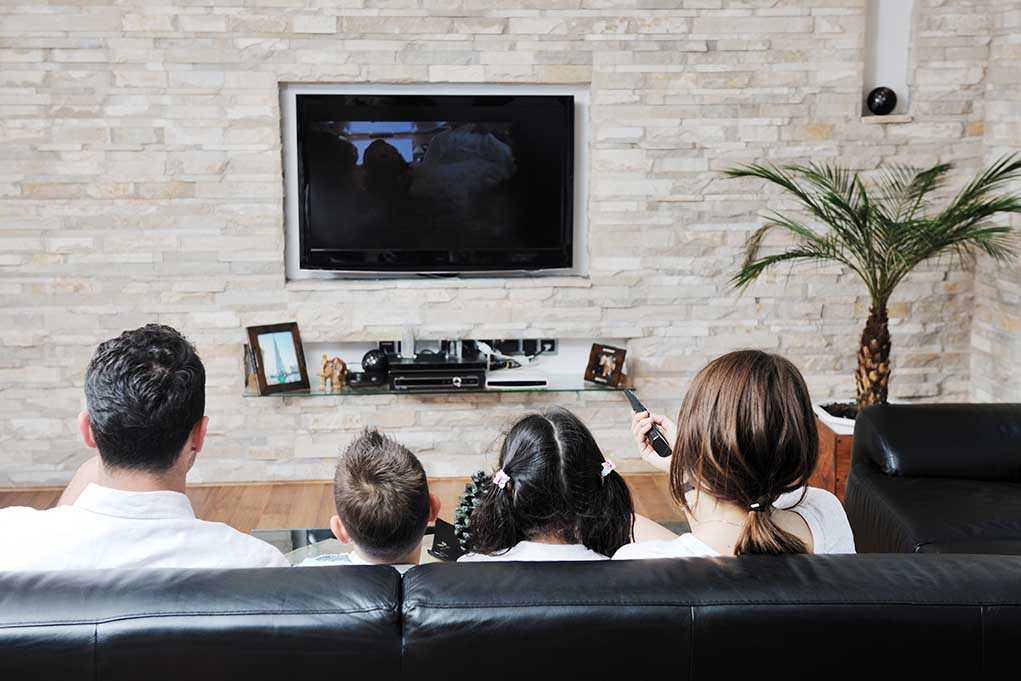
Spending your free time on the couch, glued to passive screen entertainment, may be quietly undermining your brain’s future—and the science is sounding alarms few can afford to ignore.
Story Snapshot
- Sedentary, passive screen time—like prolonged TV watching—raises dementia risk, especially for those over 40.
- Nearly 60% of dementia caregivers themselves harbor at least one modifiable risk factor, often related to inactivity or poor sleep.
- Five evidence-based activities—physical, social, cognitive, sleep, and diet—can decisively cut your risk.
- Experts now distinguish between “passive” and “active” sedentary leisure: your specific choices matter more than ever.
Passive Screen Time: The New Brain Health Villain
Researchers have set their sights on a culprit hiding in plain sight: the way you spend your downtime. The evidence is robust and unsettling. Prolonged, passive screen time—think hours of TV, scrolling mindlessly, or background video—significantly raises your risk of developing dementia. This isn’t an abstract, distant threat. The Alzheimer’s Association’s June 2025 analysis found that the majority of at-risk groups, including caregivers, accumulate modifiable risk factors simply through daily routines that seem harmless but are actually insidious.
The latest data, drawn from nationwide behavioral surveillance and leading academic institutions, points to a clear pattern: sedentary leisure, when passive, is more dangerous than once believed. Not all screen time is equal—binge-watching reality television is a different beast than joining an online book club or learning a new skill. The rise of digital entertainment has driven up average sedentary time in most households, amplifying risk precisely when the brain needs more stimulation, not less.
Five Brain-Saving Alternatives: What to Do Instead
The good news? You can flip the script—today. Researchers and the Alzheimer’s Association agree on five strategic swaps proven to lower dementia risk:
First, prioritize regular physical activity. Walking, swimming, or even gardening gets your heart pumping and your neurons firing. Second, invest in social engagement; volunteering or participating in group activities fortifies neural networks and boosts mood. Third, feed your brain with cognitive stimulation—puzzles, language learning, or creative hobbies keep your mind agile and resilient.
Why Caregivers Should Pay Attention—and Act Now
Caregivers, those unsung heroes in the dementia battle, are not immune. In fact, nearly 60% of them harbor at least one modifiable risk factor, with inactivity, poor sleep, and unmanaged stress topping the list. This double jeopardy—caring for someone at risk while being at risk—demands urgent attention. Public health leaders now urge caregivers to model and adopt preventive behaviors, not just for their loved ones, but for themselves as well. The call is clear: prevention begins at home, with small, sustainable changes to leisure routines.
Experts from Mass General Brigham and Harvard have codified these findings into actionable tools, such as the Brain Care Score, empowering individuals to assess and adjust their daily habits. The science is clear: risk is not destiny. Even incremental improvements in activity, sleep, and diet can tilt the odds in your favor.
What Counts as Risky? Not All Sedentary Activities Are Equal
Some experts caution against painting all sedentary time with the same brush. Passive activities—like endless TV watching—are consistently linked to higher dementia risk, while “active” sedentary pursuits, such as reading, solving puzzles, or learning new skills, may actually protect cognitive function. This nuance matters: simply swapping one chair-bound activity for another won’t cut it. The value lies in engagement and challenge, not just movement.
These findings carry weighty implications—not just for individuals, but for society at large. Healthcare costs tied to dementia are projected to soar, but broad adoption of preventive behaviors could slow this trend. The message is urgent but hopeful: your leisure choices today can shape your cognitive destiny tomorrow. Will you choose passive decline or active defense?
Sources:
Alzheimer’s Association, June 2025
Harvard Gazette/Mass General Brigham, April 2025
National Institute on Aging, 2025












